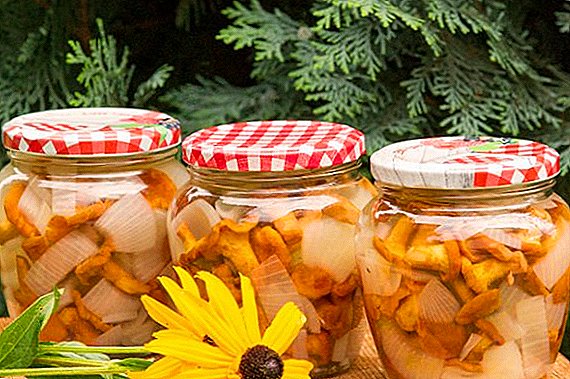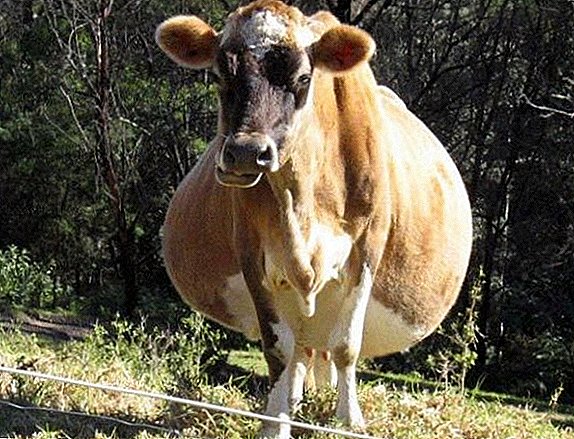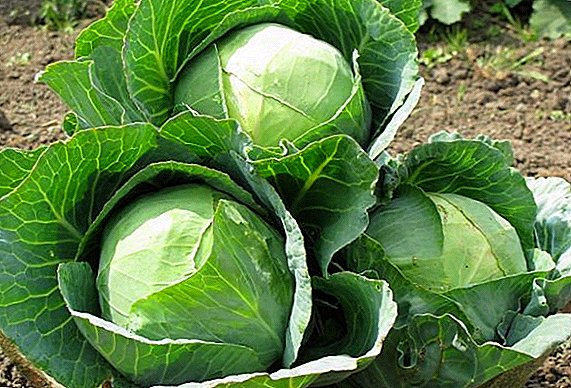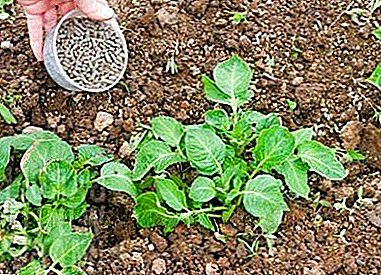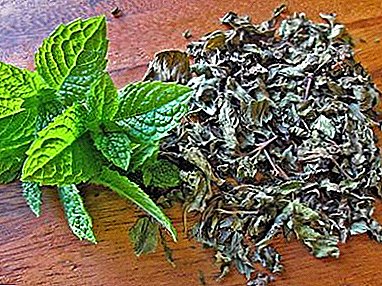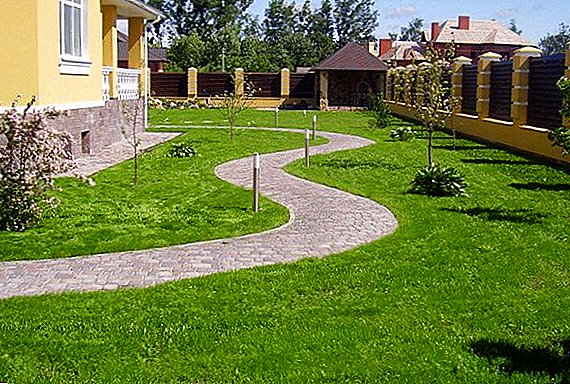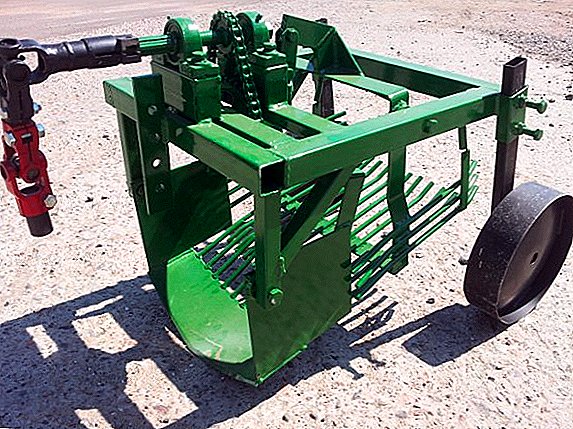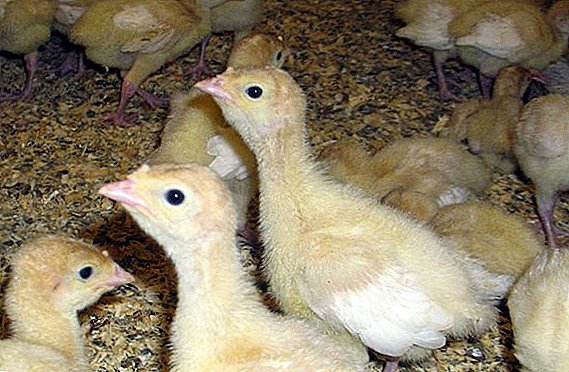 Turkeys appeared on European lands at the beginning of the XVI century and in five years spread throughout Europe. Now it is a very popular poultry. And in some cases it is valued much more than the latter: at least in content and more whimsical, but its meat yield is much higher. In addition, the meat is dietary, easily digestible and contains many useful substances.
Turkeys appeared on European lands at the beginning of the XVI century and in five years spread throughout Europe. Now it is a very popular poultry. And in some cases it is valued much more than the latter: at least in content and more whimsical, but its meat yield is much higher. In addition, the meat is dietary, easily digestible and contains many useful substances.
Of course, not everyone will undertake the breeding of such a bird. After all, poults are very sensitive to climate change. But if you meet all the conditions of detention, pick up the most unpretentious breed, then the rearing of young stock will not be so troublesome. For those who decided to breed turkeys, we suggest to get acquainted with the main nuances of this business.
What breeds are better suited
Before purchasing young stock, first of all you need to decide for what purpose you will raise a bird: for meat or for eggs. From this depends on the choice of breed and conditions of the animal.
For meat
- White wide-breasted (cross). They are divided into three groups: heavy (weight in 4 months - about 7.5 kg, at puberty - up to 25 kg), medium (weight by 3 months - about 5 kg), light (weight by 3 months - about 4 kg) . Males of heavy cross weigh about 23 kg, females - 11 kg. Medium-sized turkeys weigh 14 kg, turkeys - 8 kg. Light turkeys do not exceed 10 kg, and turkeys - 6 kg. A heavy group is ready for slaughter at the age of 18-22 weeks, light - at the age of 8-9 weeks.
- BIG 6 (cross). Heavy hybrid. Males reach a weight of 20-25 kg, females - 10-12 kg. They go for slaughter at the age of three or four months with a weight of 5 kg (turkey). The meat yield is 78-80%.
- BYuT 8 (cross). An adult male weighs about 26 kg, the female about 11 kg. To be slaughtered at the age of 23 weeks with an average turkey weight of 20.5 kg. Meat yield - 75%.
- Hybrid converter (cross). By five months, the weight of males is 20 kg, females are 10-11 kg. Turkey can be slaughtered up to five months of age, turkeys - up to 5.5 months. The output of meat - 85%.




For eggs
- Virginia (hybrid). Egg production is about 60 eggs per six months. Sexual maturity comes at the age of 7-8 months.
- Bronze wide-breasted (breed). Begin to be born at the age of 9-10 months. For the year 60-155 eggs are laid.
- White Moscow (breed). Puberty occurs at 9 months of life. 100-110 eggs are laid per year.
- Black Tikhoretskaya (breed). Scratch starts from 8-9 months. For the year on average 80-100 eggs are laid.




Did you know? The old name for turkeys is Spanish Chickens. They called them that because on the European continent birds first appeared in Spain.
How to choose healthy poults when buying
It is best to go for young stock to specialized farms, poultry farms, breeding plants. Here they are engaged in breeding birds at a high level - the livestock is always vaccinated and is kept in appropriate conditions. If you buy young stock on the market, then there is a chance to acquire a purebred animal, low productive, weakened or completely sick.
Professionals believe that it is best to buy the youngest turkey poults (per diem). But in that, when they should be born, opinions diverged. Some believe that the hardiest are born in February and March.
Learn how to determine the sex of poults.
Others are inclined to believe that the strongest livestock appears in the summer, and those born in the winter are very weak. Perhaps it all depends on the breed and the conditions of the birds.
Video: How to choose and buy quality turkey
The main thing when choosing a chick is its health. Healthy turkey always:
- mobile and stable on legs;
- responds well to sounds;
- has a pronounced pecking instinct;
- has a proportional head, the correct pigmented beak;
- with round, bulging and shiny eyes;
- has a smooth, moderate back length;
- has a soft and picked up belly;
- with straight and strong pigmented metatarsus;
- with a long and elastic keel;
- with dry, evenly distributed and silky to the touch down;
- has a tightly closed umbilical ring;
- has a clean, pink and wet cloaca.
 In a sick chick:
In a sick chick:
- mild or no response to sounds;
- moderate mobility;
- no stability on the legs;
- thin metatarsus, short wings;
- dull, half-closed eyes;
- narrow and soft beak;
- enlarged, loose or compacted abdomen;
- inflamed or unclosed umbilical ring;
- cloaca in feces;
- fluff rare or underdeveloped.
Did you know? In Greek and Gaelic, ideas are called French hens.
Brooders for growing turkey poults from the first days of life with their own hands
Brooder - a device for heating chicks that can replace their hen. Often, brooder means a temporary shelter for chicks with heating. 
Necessary materials
To build a brooder with your own hands, you will need:
- timber 50 * 50, or 40 * 50, or 40 * 40 mm;
- timber 20 * 40, or 30 * 40, or 20 * 30 mm (for doors);
- plywood or boards (moisture resistant);
- metal grid;
- light bulb;
- switch;
- wires
Read how to make brooder at home for a small number of poults.
Tools for work
Design the product will help:
- ruler, tape measure;
- corner;
- pencil;
- circular saw or jigsaw for cutting wood;
- hand saw;
- hammer;
- screwdriver tester;
- drill, screwdriver;
- scissors for metal;
- manual or automatic klepalnik.
 Brooder for poults
Brooder for poults
Step by step manufacturing process
- Perform a drawing of the product, based on the estimated number of young stock. For comfortable living turkeys for 25 animals need at least a square meter of space.
- Prepare according to the drawing materials for the assembly of the structure.
- Assemble the wooden frame according to the drawing.
- Walls make of boards or plywood. At the bottom pull the net, it will allow the manure to settle in the pan. It is necessary to connect all the components qualitatively so that the construction lasts a long time.
- Brooder walls can be insulated with mineral wool or foam on the outside to minimize heat loss.
- Make a pallet of plywood, cardboard or galvanized sheet.
- From the narrow beam, knock down the frame for the doors, stretch the net inside the frame (through it the brooder will be ventilated). Ideally, there should be two doors, but maybe more. Some experts advise to place the doors in the upper part of the structure, and under them (at the level of the floor) - trays with food and water.
- In the center of the design, install the heating element.
- Temperature control is carried out using a temperature controller. Its sensor is located as far as possible from the heat source, but in a prominent place.
 Drawing multi-tiered brooder Drawing multi-tiered brooder for 700 heads.
Drawing multi-tiered brooder Drawing multi-tiered brooder for 700 heads.The appearance of one of the tiers.
Important! When the structure is assembled, it is advisable to check its performance in order to notice and correct all the shortcomings in time.
What else to take care
In order for the chicks to grow and develop normally, you need to equip the brooder with everything you need inside.
Litter
First of all, litter is needed. It will absorb the waste products of turkeys, and maintain the temperature and humidity inside the brooder. Weekly turkey poults are best to lay the floor with sand. After you can lay the straw or sawdust. They are preferably pre-disinfected (treated with boiling water). It is recommended to change litter as needed, but at least once every 7 days.
Learn more about the features of growing turkey poults in an incubator.
Additional lighting
Lighting plays an important role in rearing. With it, you can adjust the growth rate of the bird and its future productivity. On the first day of life, the lighting should be round-the-clock and intense. In such conditions, the birds will be able to get used to the new place more easily, remember the location of the feeders and drinkers. On the second day, the light can be turned off for an hour and with each subsequent day the length of the daylight should be reduced so that by two weeks it is 16-17 hours. The light intensity should be 30 lux. Such a day length should be maintained until the 16-week-old chicks.
On the second day, the light can be turned off for an hour and with each subsequent day the length of the daylight should be reduced so that by two weeks it is 16-17 hours. The light intensity should be 30 lux. Such a day length should be maintained until the 16-week-old chicks.
Important! If cannibalism is noticed among poults, it is recommended to lower the illumination intensity to 10-15 lux.
Temperature
The temperature indices necessary for the chicks are shown in the table.
| Age of poults, days | Cellular content (temperature, ° С) | Floor content | |
| Temperature under brooder, ° С | Room temperature, ° С | ||
| 1-2 | 35… 33 | 37… 36 | 27 |
| 3-4 | 33… 31 | 36… 35 | 26 |
| 5-6 | 31… 30 | 35… 34 | 25 |
| 7-10 | 30… 27 | 32… 30 | 24 |
| 11-15 | 27… 24 | 29… 28 | 23 |
| 16-20 | 24… 22 | 26… 25 | 22 |
| 21-25 | 22… 21 | 25… 24 | 21 |
| 26-30 | 21… 20 | 23… 22 | 20 |
| 31-35 | 20… 19 | 21 | 19 |
| 36 and more | 18 | - | 18… 16 |
Feeding poults at home
In the diet of newly born turkeys should be present:
- boiled eggs;
- corn;
- oatmeal;
- wheat;
- dry cottage cheese;
- carrot;
- sour milk;
- chalk and bone meal.
Video: Turkey's diet from 0 to 7 days From the age of ten days they introduce into the diet:
- green onions;
- nettles;
- alfalfa;
- clover;
- cabbage leaf;
- carrot tops.
From the age of one month they introduce:
- minced fish or meat;
- boiled potatoes;
- whole grains;
- compound feed.
 To grow a healthy population of turkeys, you need not only to be able to choose the young, but also to know the characteristics of its content, especially in the first weeks of life. The information contained in the article should help beginner poultry farmers to quickly master the subtleties of breeding turkeys. Following the recommendations, you will be able to keep the number of poultry as much as possible.
To grow a healthy population of turkeys, you need not only to be able to choose the young, but also to know the characteristics of its content, especially in the first weeks of life. The information contained in the article should help beginner poultry farmers to quickly master the subtleties of breeding turkeys. Following the recommendations, you will be able to keep the number of poultry as much as possible.


